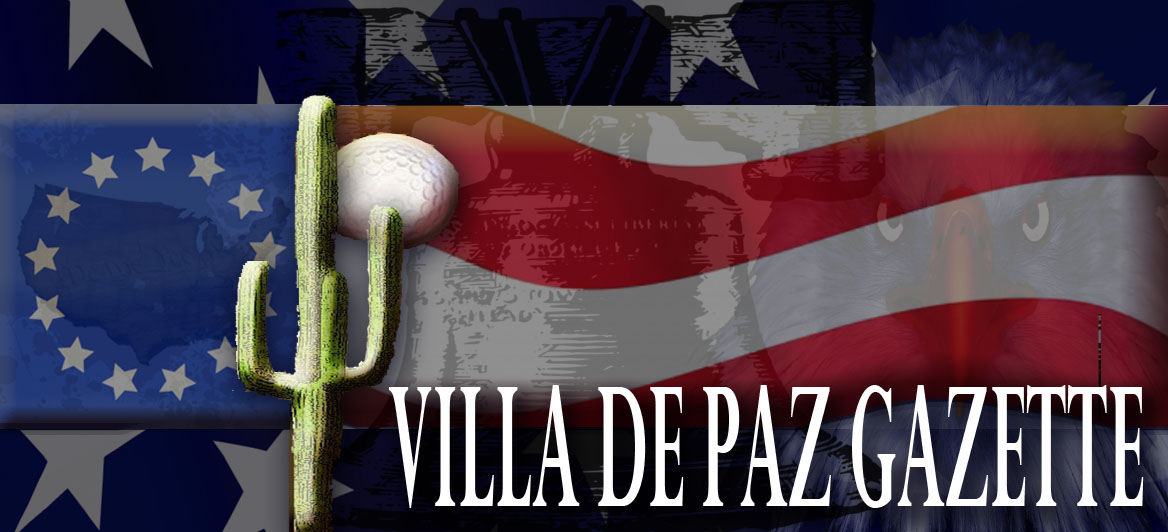Staff Writer, DB Holmes
Astronomy / Stargazing__________________________________
May is full of great nights for skywatching:
Phoenix at 11pm. May 14 – Full Moon, 3:16 a.m. The visible Moon is fully illuminated by direct sunlight. Though the Moon is only technically in this phase for a few seconds, it is considered “full” for the entire day of the event, and appears full for three days. May’s full Moon with be a “supermoon,” meaning it coincides with the Moon’s perigee, or closest point to the Earth, making it larger in appearance and causing exceptionally high tides.
May 18 – Moon at perigee (its closest point to the Earth), 8 a.m.
May 21 – Last Quarter Moon, 8:59 a.m. One-half of the Moon appears illuminated by direct sunlight while the illuminated part is decreasing.
May 25 – Mercury at greatest eastern elongation. A body in space is at elongation is when it reaches its farthest angle from the Sun, as viewed from Earth. This is the best time to view an inferior planet – one inside of the Earth’s orbit.
May 28 – New Moon, 2:40 p.m. The Moon is not illuminated by direct sunlight.
Source: Farmer's Almanac, Weather Underground,
